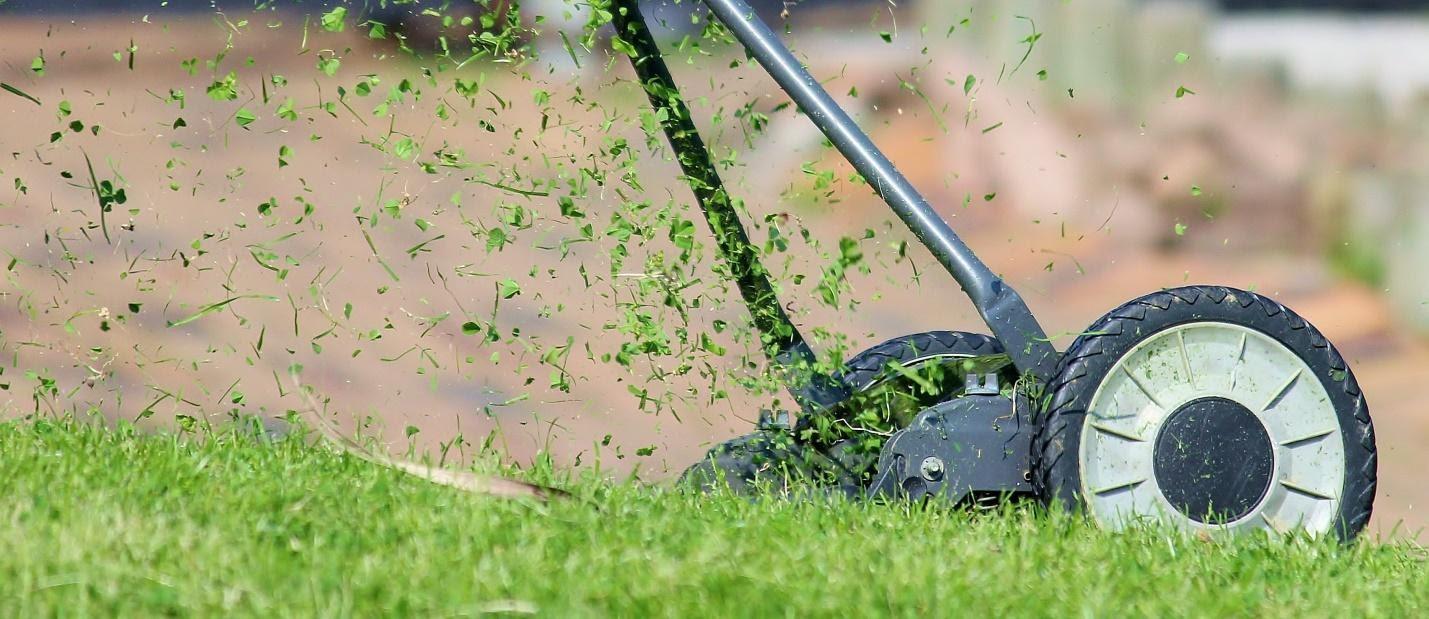Reduce Energy

If your power and water bills rise dramatically every summer, your garden might not be as green as it looks. Although a beautiful garden can bring joy, it can also waste energy. Changing habits and clever design can save significant amounts of power, water, and money.
Watering
Water early in the day. To help control energy use, adopt responsible watering practices. The U.S. Environmental Protection Agency (EPA) recommends watering during the coolest part of the day, usually early morning.
Only where needed. Set sprinklers to water only where needed and prevent overflow onto the street or sidewalk.
Drip irrigation directs water to specific plants and avoids waste.
Always check hoses, faucets, and plumbing for leaks, and timer to water plants only when needed.
Check regularly. Check irrigation system and timer on a regular basis to insure it’s operating properly and providing the right coverage.
Install a rain sensor device or switch which will override the irrigation timer of the sprinkler system when adequate rainfall has occurred.
Collect rainwater in barrels and use it to water indoor and outdoor plants.
Use graywater from the laundry and shower for irrigation in the yard.
Elbow grease - Use a broom, not a hose, to clean sidewalks and driveways.
Mowing and garden equipment
Maintain mower and garden equipment regularly so they function as efficiently as possible.
Consider replacing an older-model gas mower with an electric or push-type mower.
Use manual tools whenever possible to save energy and protect air quality; recommended by the EPA.
Rent or borrow larger equipment when needed, to save money, energy, and resources.
Pesticides, weed control, and soil amendments
Use biocontrol - Save energy and labor by inviting nature to assist. Introduce ladybugs to eat aphids, plant marigolds to keep beetles away, and keep weeds down with fast-growing plants.
Compost kitchen and garden scraps and use the resulting material as an enriching soil amendment. These steps can help reduce the amount of water plants require and keep weeds at bay.
Planting and landscaping
Greenscaping - The U.S. Department of Energy recommends greenscaping, or designing the yard for energy efficiency.
Propagate your own plants and share them with your neighbors
Grow your food - Add edibles to your sustainable landscape.
Go native - Plant grasses and shrubs that are native to Marin County microclimates and do not depend on summer water.
Redirect runoff - Plant the garden in such a way that water runoff reaches plants directly without excessive waste.
Plant trees with purpose - Consider planting trees that will shade and windbreak the house, reducing heating costs in the winter and cooling costs in the summer. Air temperatures under shade trees can be 20° to 25°F cooler than air temperatures above blacktop.
Mulch planting beds to retain moisture in the soil. Mulching also helps to control weeds that compete with plants for water.
Lawns
Rethink the lawn. Consider replacing it with native, drought tolerant alternatives.
Water early in the morning and long enough for a deep soak to encourage deep root growth.
Don't overwater. As a general rule, lawns only need watering every 5 to 7 days in the summer and every 10 to 14 days (or not at all) in the winter if rain is scarce.
Raise the lawn mower blade to at least three inches. A higher cut encourages roots to grow deeper, shades the root system, and holds soil moisture better than a closely-clipped lawn.
Leave lawn clippings after mowing to fertilize the grass, or collect and use for mulch.
Reduce fertilizer to reduce watering and mowing.
